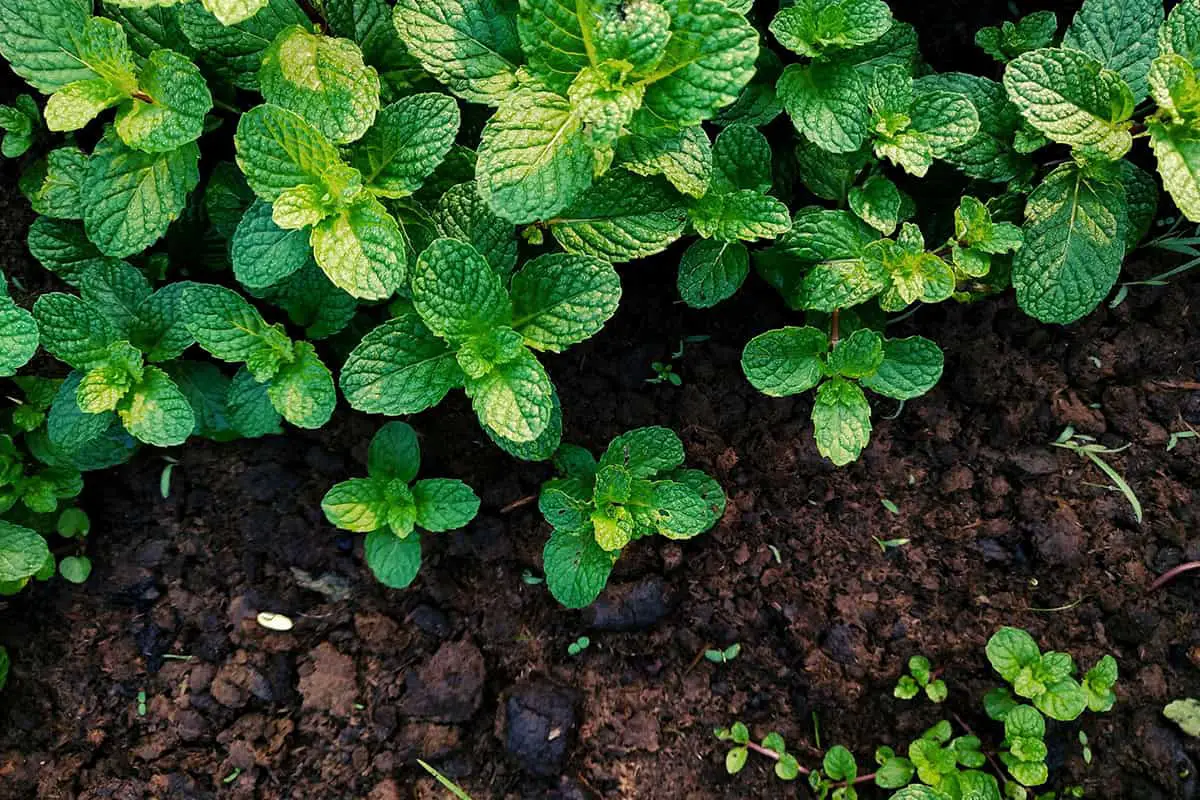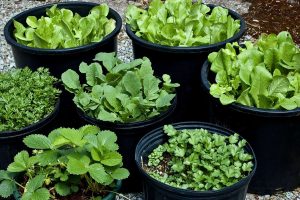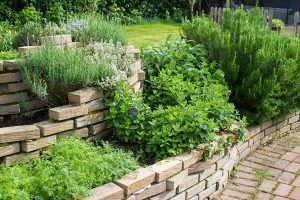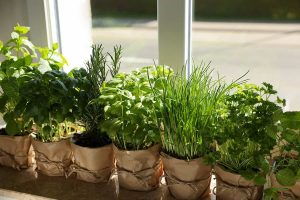You start your day with a cup of tea, wishing you had fresh mint leaves to add a refreshing twist. Growing mint at home is easier than you think and offers a multitude of uses beyond just tea. From planting tips to creative culinary and household applications, you’ll discover how to cultivate and utilize this versatile herb to enhance your daily life.
Table of Contents
How to Care for Mint
Mint is a hardy herb that thrives with the right care. Ensuring it has the right light, water, soil, and climate conditions will help your mint plant flourish. Here’s what you need to know to keep your mint healthy and productive.
Light
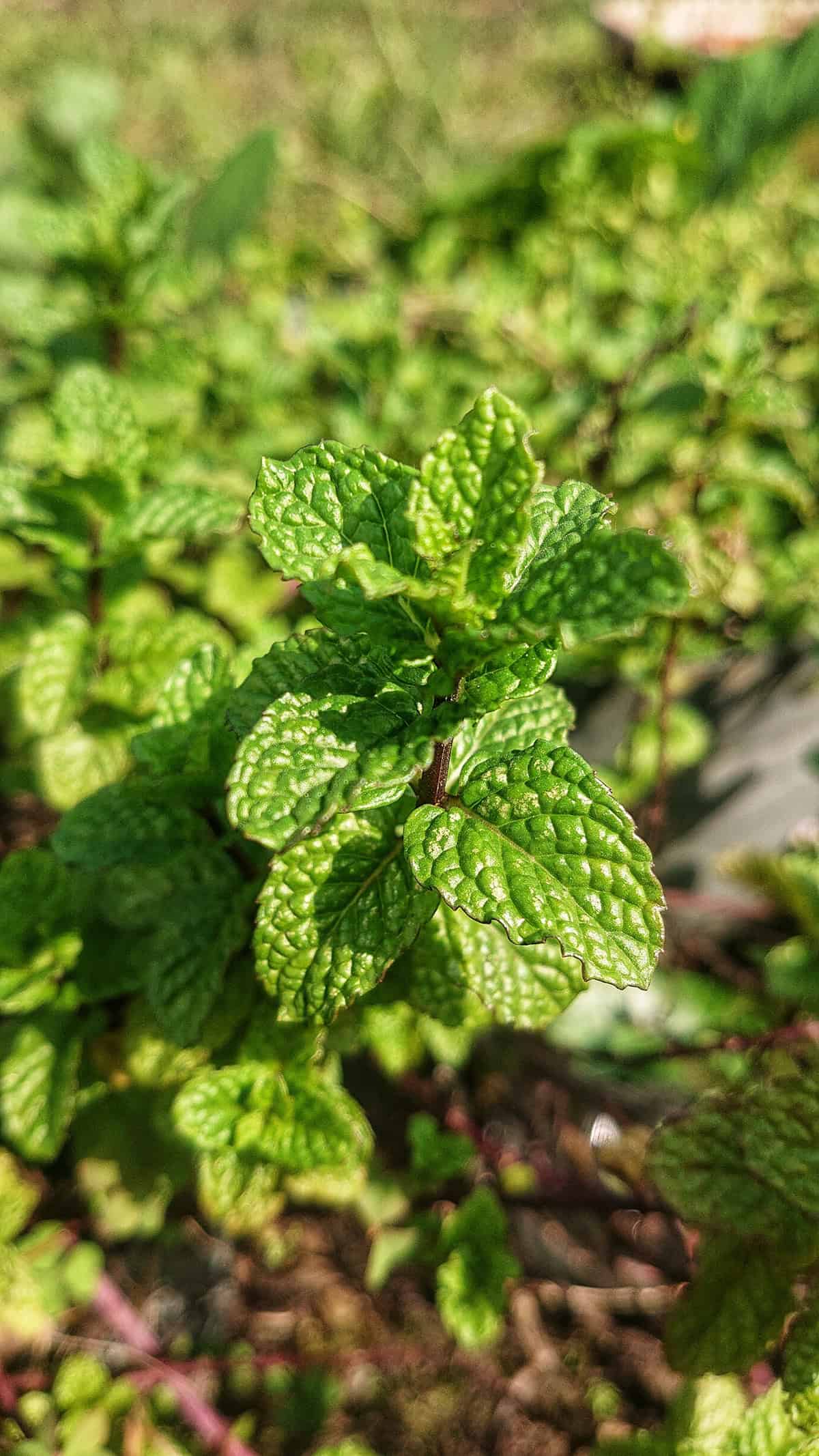
Mint grows well in full sun to partial shade. Ideally, your mint should get about 4 to 6 hours of direct sunlight daily. In particularly hot climates, partial shade can help prevent leaf scorch.
Mint can be grown indoors, but place it near a sunny window. If you notice leggy stems or pale leaves, your plant may need more light. Adjust its location accordingly.
Watering
Mint prefers moist soil but should not be waterlogged. Water your mint regularly, especially during dry spells. Over-watering can lead to root rot and fungal diseases.
To check if the mint needs water, touch the soil. If the top inch feels dry, it’s time to water. Use a watering can or hose with a gentle spray to avoid disturbing the roots.
Soil
Mint thrives in nutrient-rich, well-draining soil. A pH level between 6.0 and 7.0 is ideal. Amend your garden soil with organic matter such as compost to improve drainage and fertility.
Avoid heavy clay soils as they retain too much moisture. If necessary, plant mint in raised beds or pots with a suitable potting mix.
Fertilizer
Mint is not very demanding when it comes to fertilizer. A light application of balanced fertilizer can promote healthy growth. Fertilize mint once in early spring, and again in mid-summer.
Over-fertilizing can lead to lush growth but might reduce the essential oil concentration, affecting the flavor. Use a slow-release fertilizer or a diluted liquid feed for best results.
Temperature and Humidity
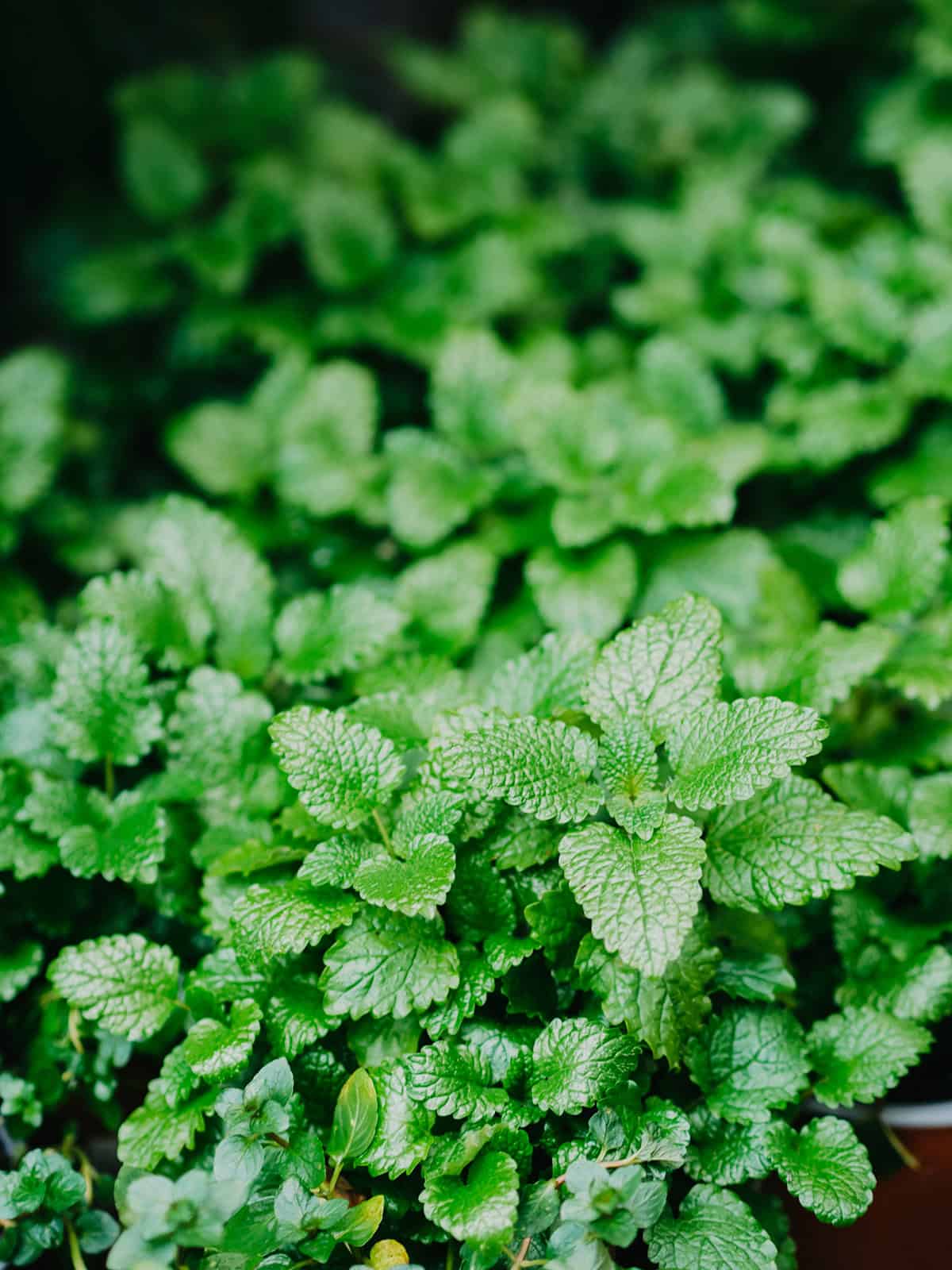
Mint is hardy in USDA zones 3-9 and can tolerate temperatures down to -20°F. It prefers cool, moist climates but can adapt to warmer conditions if cared for properly.
High humidity benefits mint, but good air circulation is essential to prevent diseases. In arid regions, misting the plant or using a humidity tray can help maintain adequate moisture.
Pots and Containers
Growing mint in pots is an excellent way to control its spread. Choose a container with drainage holes and a diameter of at least 12 inches.
Use a quality potting mix and place the pot in a sunny spot. Raised pots should have a saucer or tray to catch excess water and protect surfaces.
Pruning and Trimming
Regular pruning keeps mint healthy and promotes new growth. Trim the tips of stems regularly to prevent the plant from becoming leggy.
Cut back the mint to about an inch above the ground three times during the growing season. This encourages dense growth and helps maintain a manageable size.
Propagating
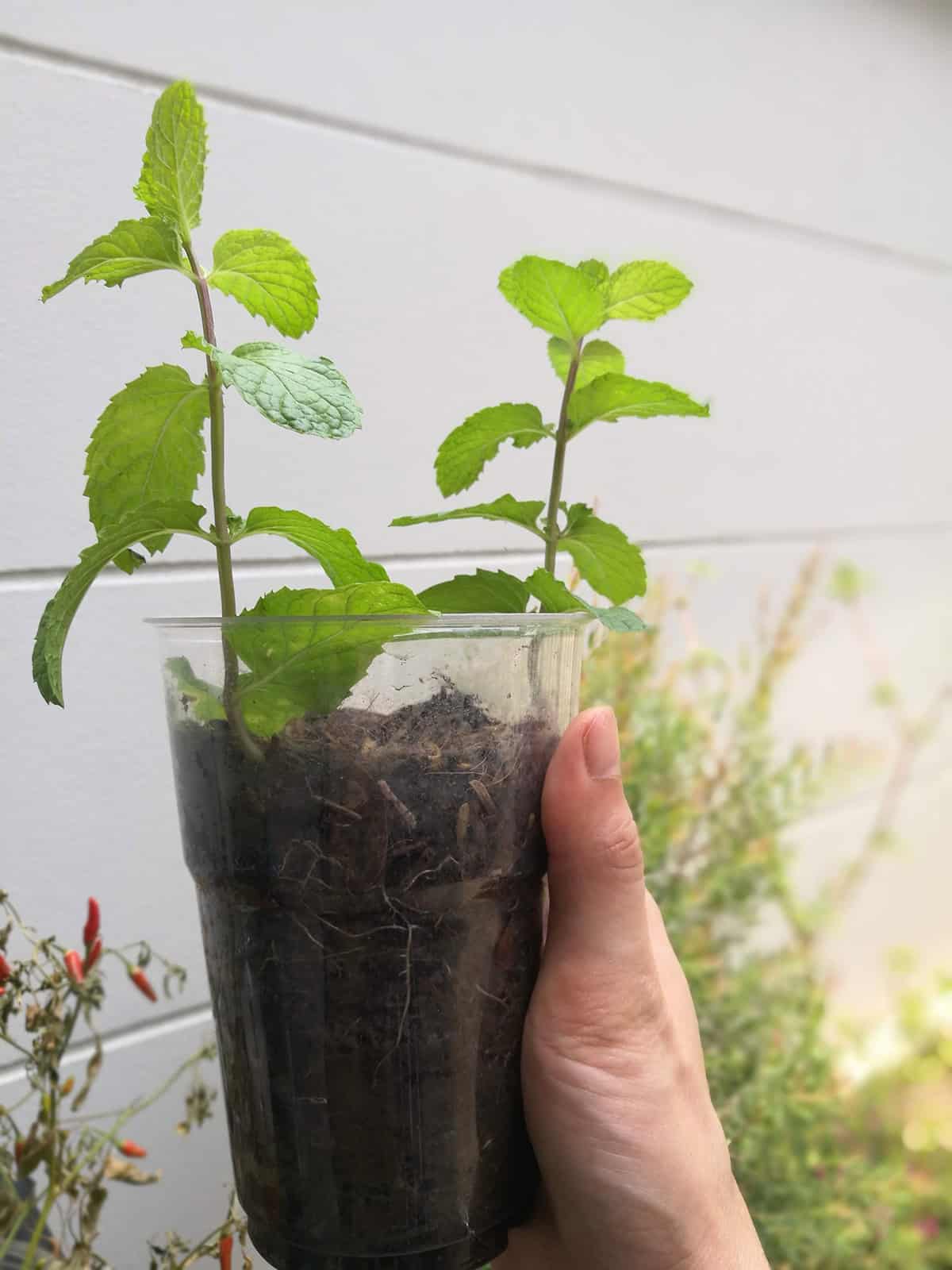
Mint can be easily propagated through cuttings or division. For cuttings, take a 4-6 inch stem cutting, remove the lower leaves, and place it in water or moist soil.
For division, dig up a section of the plant, ensuring it has roots attached, and replant it. Both methods are effective and quick ways to increase your mint supply.
How to Stop Mint from Spreading
Mint can become invasive if not controlled. Containing mint is essential to keep your garden organized. One effective method is planting mint in a container. It prevents roots from spreading.
A container should be at least six inches deep. Place a saucer or paver between the pot and the ground. This stops the mint from escaping through the drainage hole. Regular inspections help ensure no roots surpass these boundaries.
Digging out mint can also control its spread. Removing the entire plant and roots is necessary. This prevents regrowth from remnants. Regularly monitor the area for any missed pieces.
Smothering is another option. Use a thick mulch layer or cover the area with landscape fabric. This technique blocks sunlight and kills the mint. It works best when combined with other methods.
Planting barriers also work. You can use metal or plastic edging around the garden bed. Bury it at least 12 inches deep. This physical barrier prevents mint roots from spreading.
Regularly trim the mint to reduce growth. Avoid over-watering, which can make the roots spread faster.
Ways to Use Mint
Mint can be a versatile addition to your culinary repertoire, providing fresh and aromatic flavors. Here are various ways to incorporate mint into your recipes and daily uses.
Mint Tea
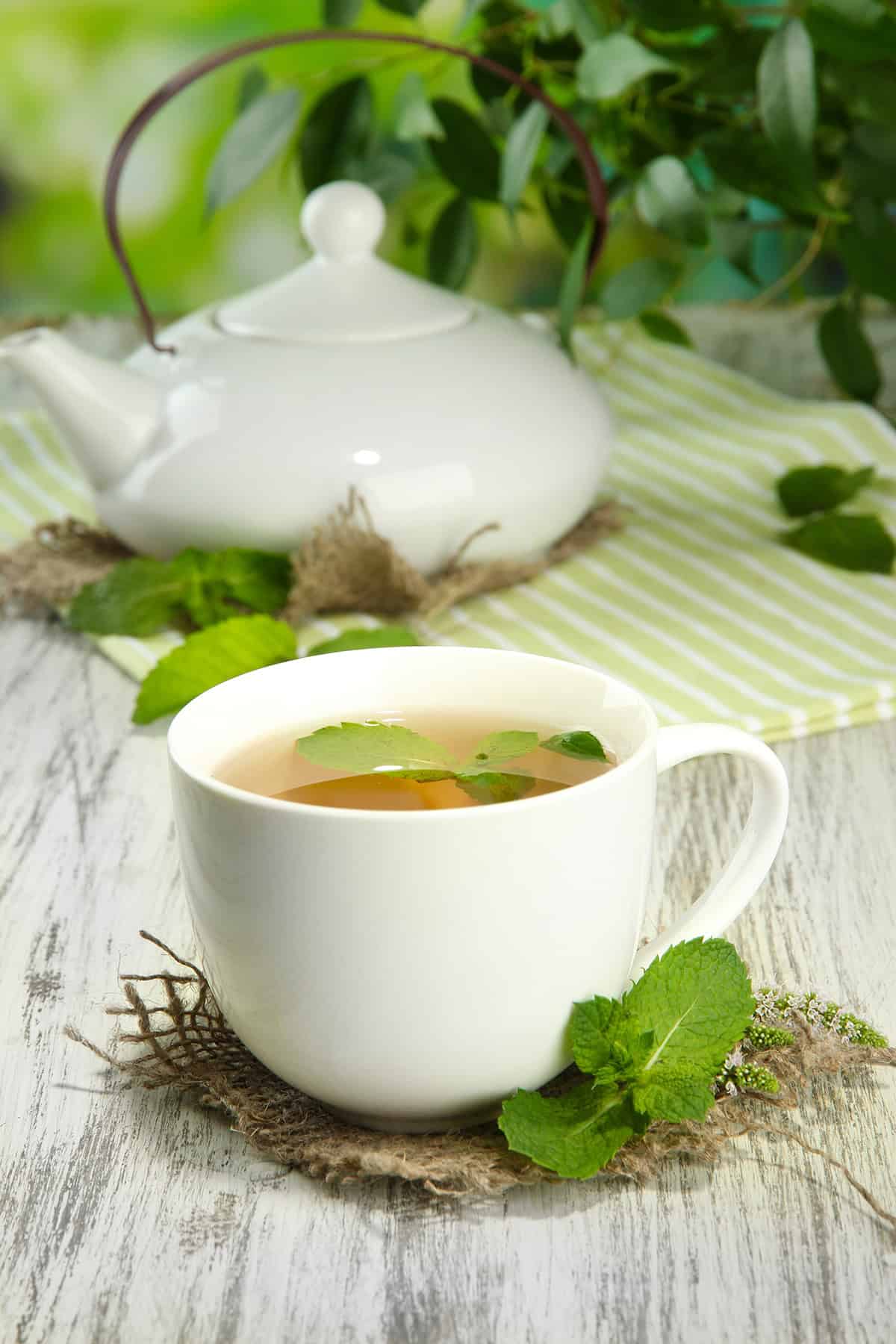
Mint tea is a soothing beverage that can be enjoyed hot or iced. To make mint tea, steep fresh mint leaves in hot water for about 5-10 minutes. Add honey or lemon for additional flavor. Mint tea is known for its calming effects and can aid digestion. This refreshing drink can be enjoyed at any time of the day, providing both a warm comfort in the winter and a cooling refreshment during warmer seasons.
Garnish for Cocktails
Mint is a popular garnish for cocktails like mojitos, juleps, and minty gin and tonics. Its fresh aroma enhances the drink’s flavor profile. To garnish your cocktail, gently bruise the mint leaves to release their essential oils and place them on top of the drink. This not only adds visual appeal but also imparts a refreshing note with every sip.
Infused Water
Mint-infused water is a healthy and refreshing alternative to sugary drinks. Simply add fresh mint leaves to a pitcher of water and let it sit in the refrigerator for a few hours. You can also add slices of lemon, lime, or cucumber for extra flavor. This infused water is hydrating and has a subtle minty taste that can help make drinking water more enjoyable.
Mint Sauce for Lamb
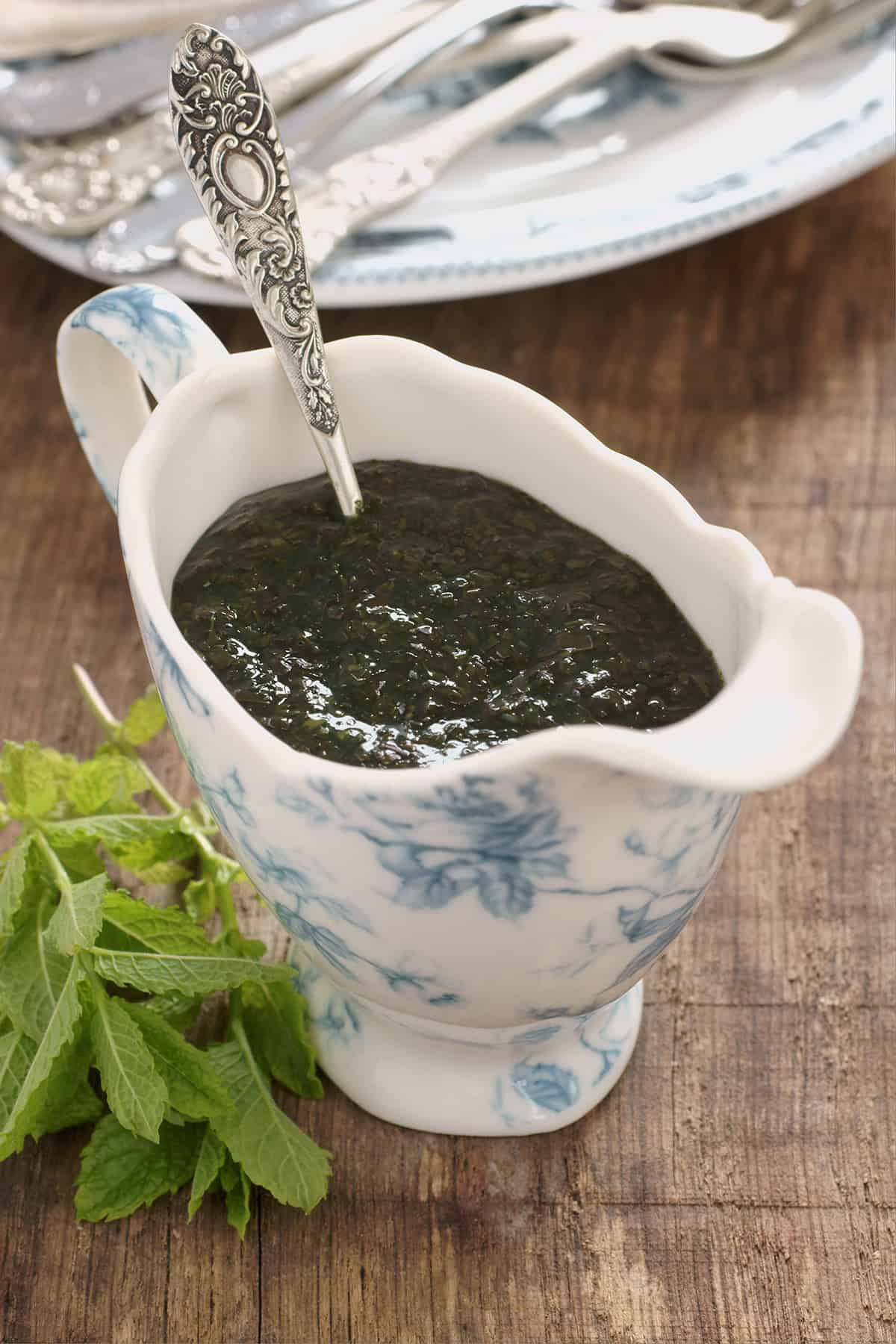
Mint sauce is a traditional accompaniment for lamb dishes. To make this sauce, blend fresh mint leaves with vinegar and a bit of sugar. The mint’s bright, tangy flavor complements the richness of lamb. Serve the sauce alongside roast lamb for a classic pairing. This sauce can also be stored in the refrigerator for later use in other dishes.
Mint Pesto
Mint pesto is a fresh twist on traditional basil pesto. Blend mint leaves with garlic, nuts (such as pine nuts or almonds), Parmesan cheese, and olive oil. Use mint pesto as a sauce for pasta, a topping for grilled meats, or a spread for sandwiches. Its vibrant taste can elevate many dishes, offering a unique herby note that distinguishes it from regular pesto.
Smoothies
Mint can add a refreshing flavor to your smoothies. Blend fresh mint leaves with fruits like pineapple, mango, or berries, and a liquid base such as almond milk or yogurt. Mint pairs particularly well with chocolate or cacao in smoothies, giving a mint-chocolate chip ice cream vibe. This addition can make your smoothie taste bright and invigorating.
Homemade Mint Ice Cream
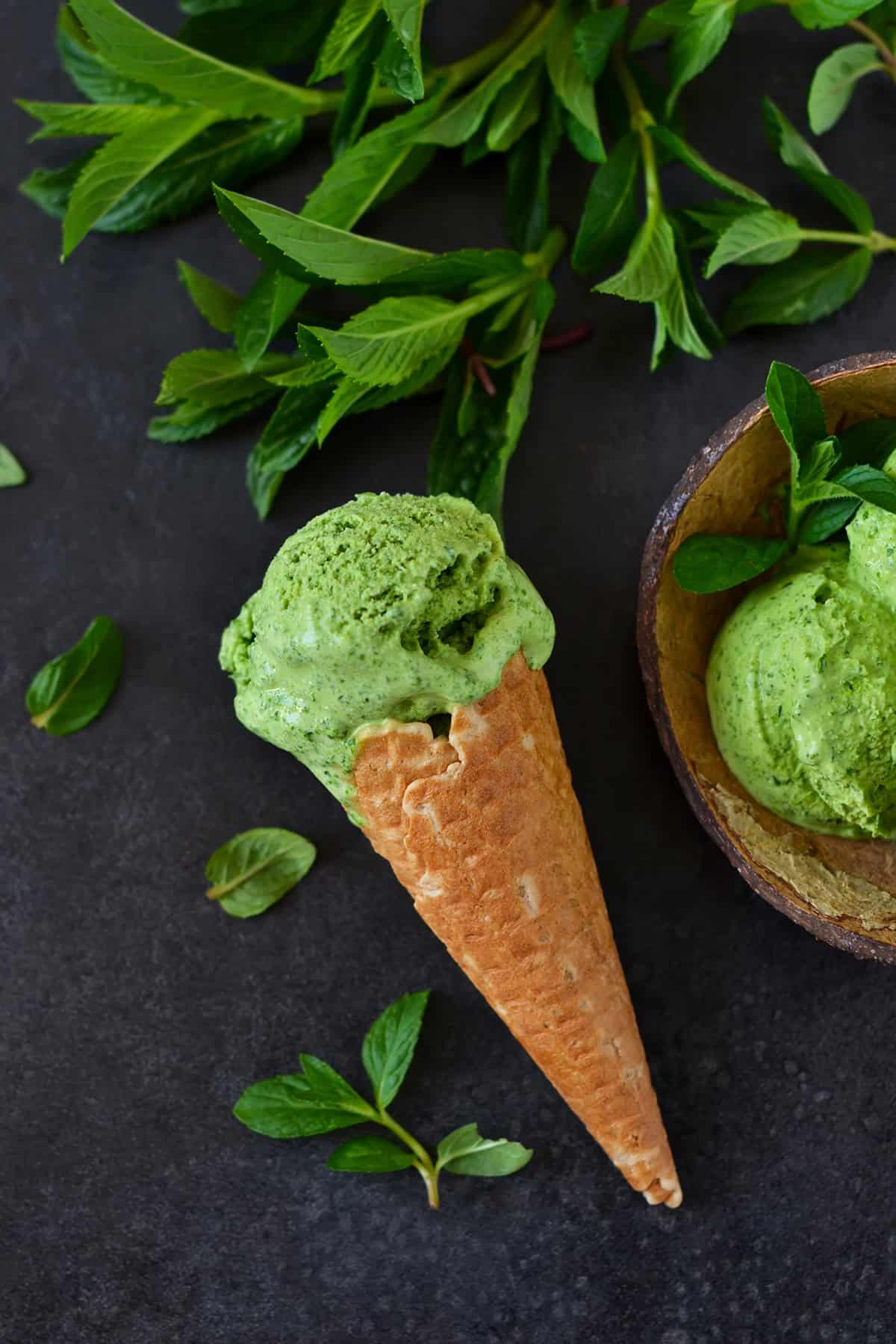
Mint ice cream is a favorite for many. To make this treat, steep fresh mint leaves in your cream mixture before churning. This imparts a natural mint flavor to the ice cream. You can also add chocolate chips for a classic mint chocolate chip version. Homemade mint ice cream is more fragrant than store-bought versions and allows you to control the intensity of the mint flavor.
Mint Jelly
Mint jelly is a sweet condiment often served with lamb. To make mint jelly, cook fresh mint leaves with sugar, vinegar, and pectin until it thickens. The result is a bright, tangy jelly that pairs well with meats and cheeses. Mint jelly can also be used as a spread for toast or biscuits, offering a unique flavor that complements buttery and savory foods.
Mint-Infused Oil
Mint-infused oil can be used in cooking or as a finishing touch for dishes. To prepare, heat olive oil and add fresh mint leaves. Let the mixture cool before straining out the leaves. This oil can be drizzled over salads, roasted vegetables, or grilled meats. The mint-infused oil adds a subtle, aromatic richness that enhances the dish’s flavors.
Mint Bath Soaks
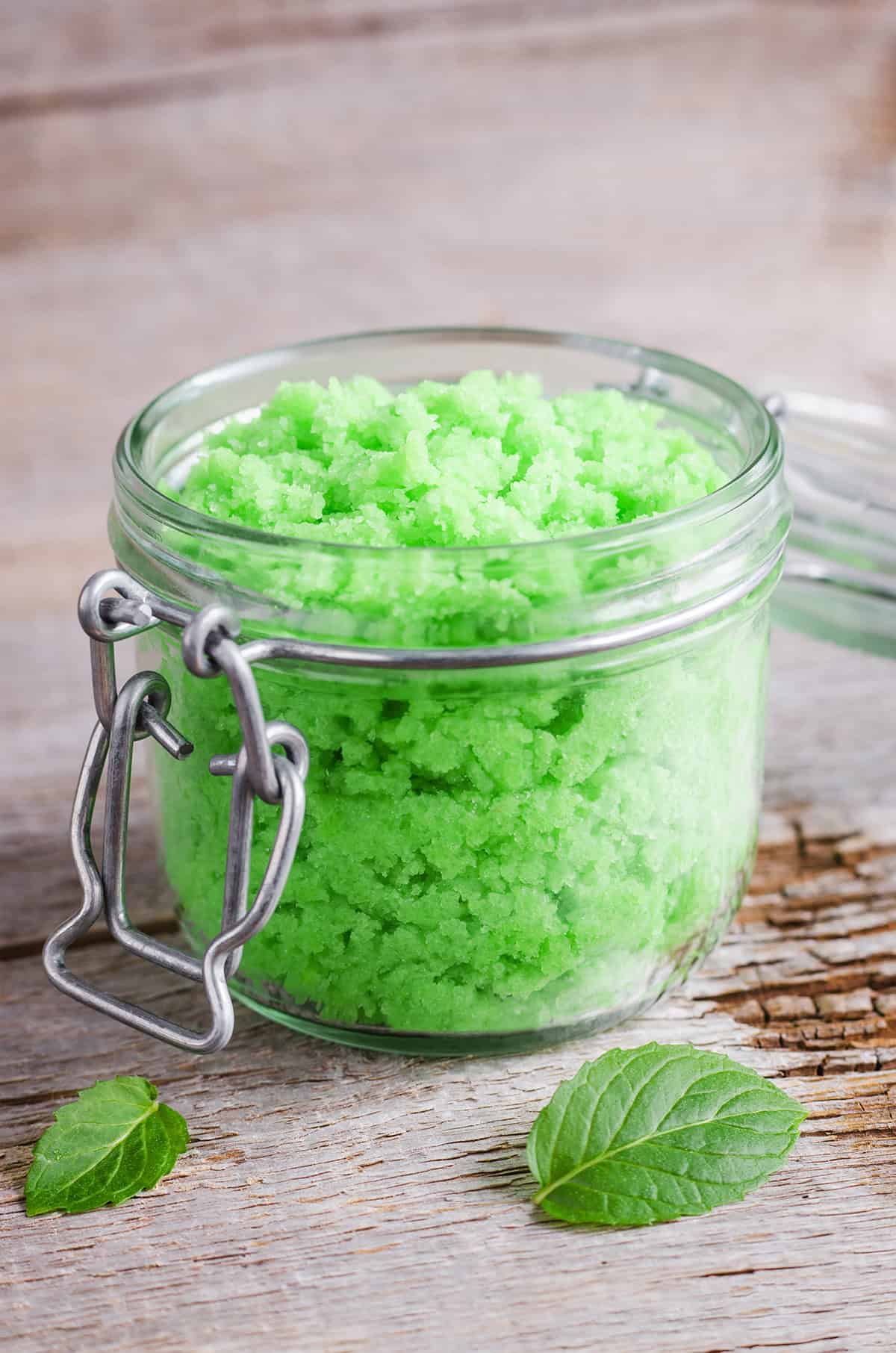
Mint bath soaks can be a relaxing addition to your self-care routine. Add fresh mint leaves to your bathwater for a refreshing and invigorating experience. The essential oils from the mint leaves can help soothe tired muscles and refresh your skin. This aromatic soak can enhance your bath time, providing both relaxation and a pleasant minty fragrance.
Aromatherapy
In aromatherapy, mint is known for its invigorating and calming properties. You can use mint essential oil in a diffuser to freshen up the air and promote mental clarity. Mint oil can also be applied topically, diluted with a carrier oil, for a refreshing massage. The scent of mint can help relieve headaches, improve focus, and reduce stress.
Mint in Fruit Salads
Adding mint to fruit salads can enhance their flavor and freshness. Chop fresh mint leaves and toss them with fruits like watermelon, strawberries, and citrus. The mint provides a refreshing contrast to the sweetness of the fruits. This simple addition can elevate a basic fruit salad, making it more exciting and aromatic.
Mint Rice Dishes
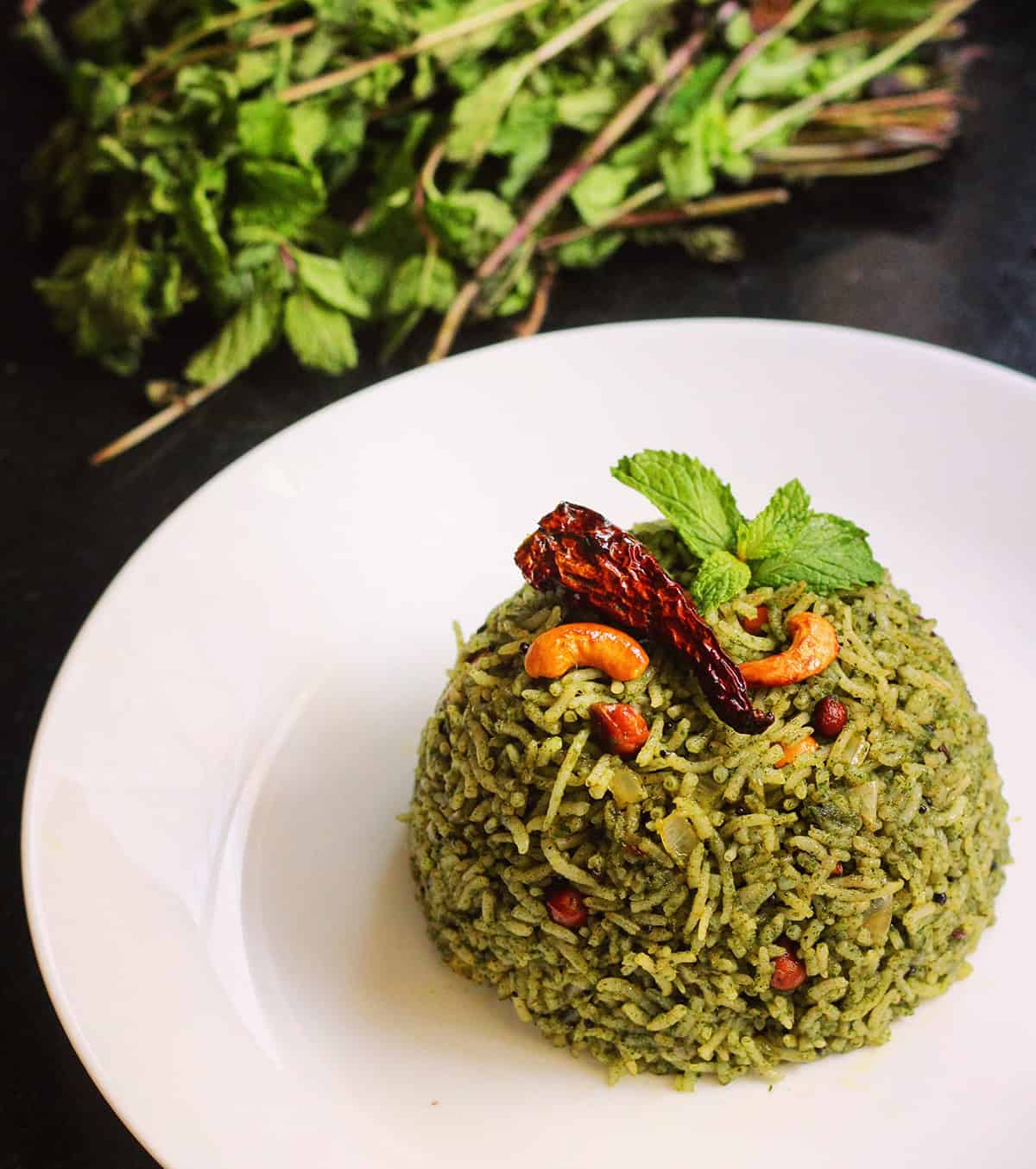
Mint can be used in rice dishes to add a fresh flavor. Add chopped mint leaves to your cooked rice or create a mint rice pilaf with herbs, nuts, and spices. The mint complements the savory flavors, adding a unique twist. It pairs well with Middle Eastern and Mediterranean dishes, providing a fragrant and tasty element to the meal.
Mint Yogurt Dip
Mint yogurt dip is a versatile condiment that pairs well with many dishes. Mix fresh mint leaves with yogurt, garlic, and a touch of lemon juice. This dip can be served with raw vegetables, grilled meats, or used as a spread in wraps and sandwiches. The combination of mint and yogurt creates a creamy and refreshing dip.
Mint in Baking (Cookies, Cakes)
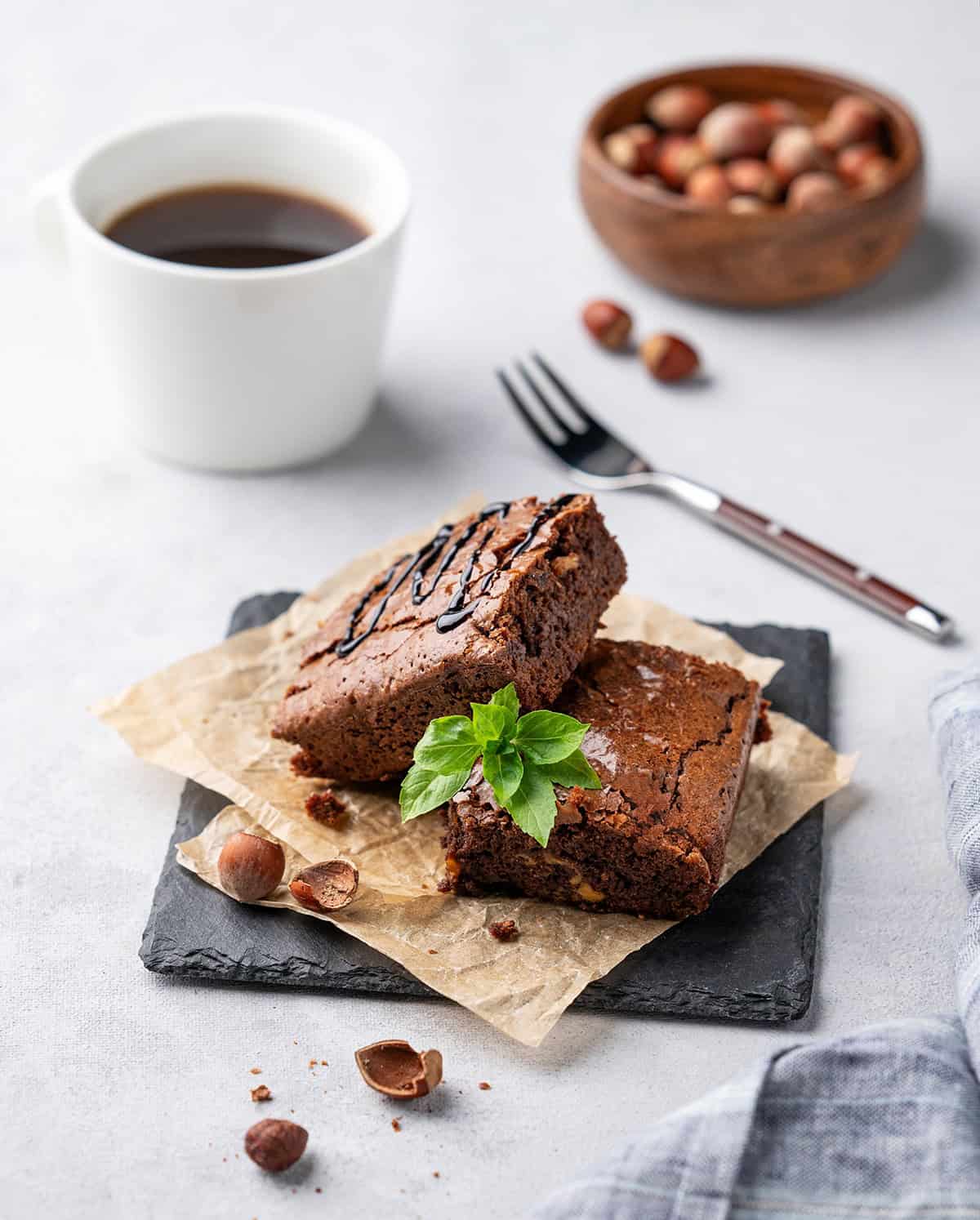
Mint can add a refreshing flavor to baked goods. Incorporate chopped fresh mint leaves or mint extract into cookies, cakes, and brownies. Chocolate and mint are a classic pairing, and you can also experiment with lemon and mint. These treats offer a delightful twist, providing a fresh and aromatic flavor that contrasts with the sweetness of the dessert.
Mint in Soups and Stews
Adding mint to soups and stews can provide a fresh and aromatic note. Stir in chopped mint leaves just before serving to preserve their flavor. Mint pairs well with pea soups, tomato-based stews, and lamb dishes. This addition brings a bright, herby flavor that can elevate the overall taste of your soup or stew. It’s a simple way to make your dishes more fragrant and flavorful.
